What is the "Japanese and Western eclectic" style of Japanese furniture?
After the Meiji Restoration, the Japanese began to admire and imitate the Western lifestyle due to their full acceptance of Western culture. The traditional Japanese furniture style combines the elegance and heaviness of European furniture with the industrial technology and other elements of modernist style furniture, making Japanese furniture present a "Japanese-Western eclectic" style, that is, "Westernization". They also became the prototype of modern Japanese furniture.
With the absorption of Western culture and the arrival of Westerners, the Japanese gradually began to think about the role and effect of chairs and beds, realizing that the quality of furniture also has a real impact on life and human health. New forms of space were presented to the Japanese, and with them came many unusual Japanese furniture that was a fusion of Japanese and Western styles.
01 Seating and sleeping furniture
Before the Meiji Restoration, people in Japan basically sat on the floor. In the Meiji era, Western furniture finally developed. Many regions saw the rise of a new trend of Western furniture, and at the same time, the development of manufacturing technology began.
The Bergier upholstered armchair (see the picture below) placed in the guest house is the most typical and popular chair style in the Louis XV period, similar to the current single sofa. Its armrests are straight forward and extend to the same level as the seat surface, and the seat surface is soft and elastic.
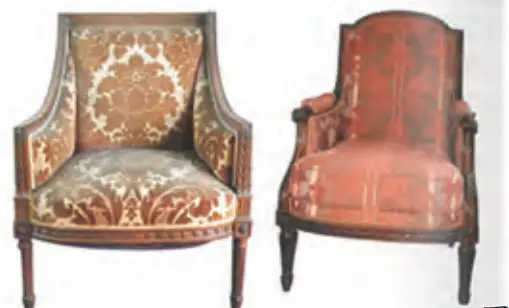
The long chair (see the picture below) was a must-have item in salons and women's bedrooms at the time. It was also one of the luxurious elastic cloth upholstered furniture that continued the Western style. It usually had six to eight legs, and the length was similar to three armchairs. The backrest was irregularly wavy, and the left and right armrests were open. In public places, men would be considered uneducated if they sat on it.
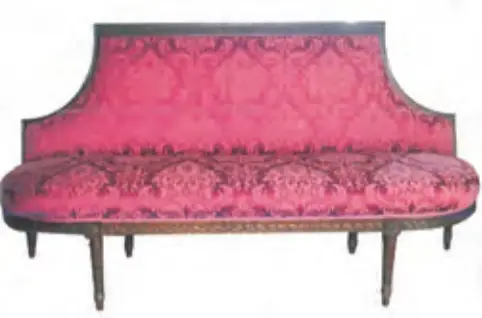
Beds (Western style) were mainly used in public halls such as the Imperial Hotel to entertain foreign guests. Most beds made of brass pipes were gold-plated, assembled, and basically had mosquito nets (see the picture below).

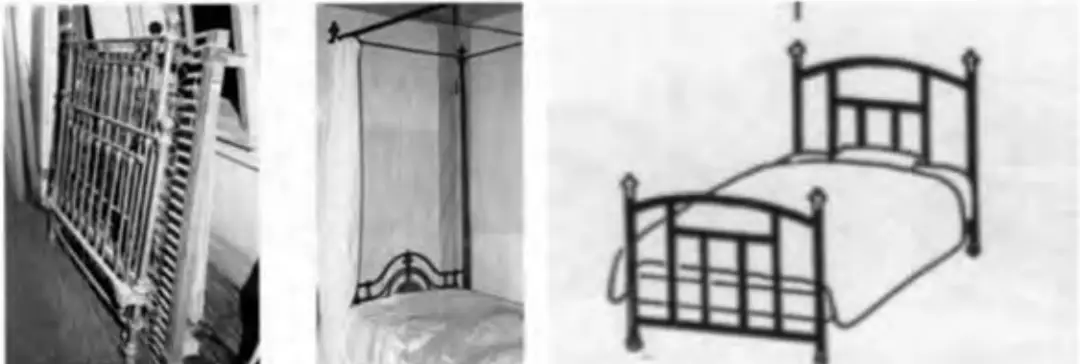
02Table furniture
Since the Japanese traditional lifestyle is to sit on the floor, traditional Japanese furniture, especially tables and counters, are also low in shape to adapt to the size requirements of the floor (as shown below).
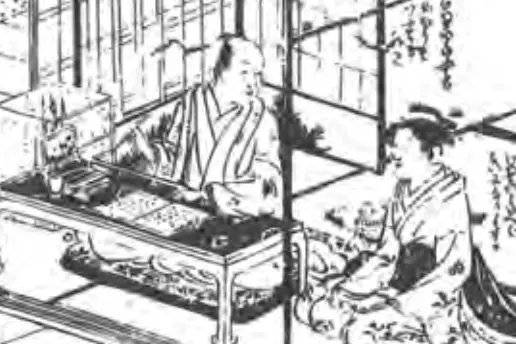
After the Meiji Restoration, the government vigorously promoted Western furniture, and Western furniture emerged in official fields and public spaces. The tables used for office, meeting, study, and communication adopted Western-style high-rise tables, and there were many types (as shown below).
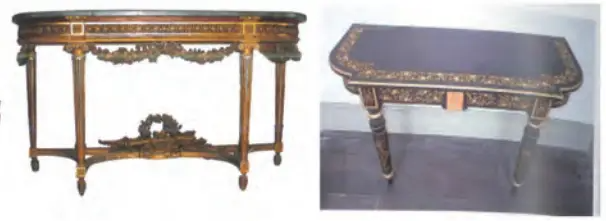
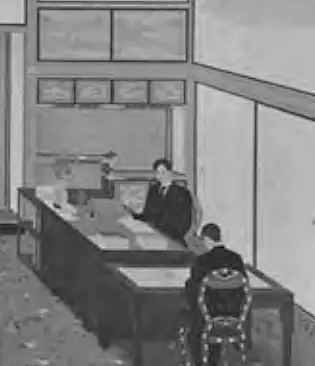
In the early Meiji period, the first Western furniture that most Japanese people could use was probably the desks and chairs in elementary schools. In the classrooms, there were no longer Japanese tatami rooms with "Tenjinki" (the desks used by Japanese students in the old days), but rather desks and chairs facing the blackboard were neatly arranged like in Western classrooms (as shown below).
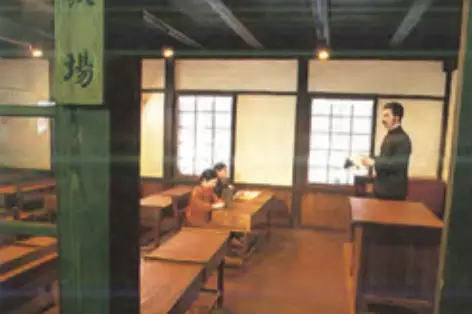
When receiving foreign guests, many dignitaries also learned from the Western upper class to socialize in salons and ballroom dancing, thus creating card tables. A card game can be played by three, four or five people, so card tables can be triangular, square or pentagonal. There are round tables for candles at the corners of the tables, and a shallow drawer on each side. The legs are in an "S" shape, and the legs and table tops are inlaid with metal, wood or ceramic (as shown below).

As lifestyles become more Westernized, dining formats in dining spaces are also changing (see the picture below);

In Japanese homes, there are long dining tables for gatherings (see the picture below) and round dining tables for small gatherings;
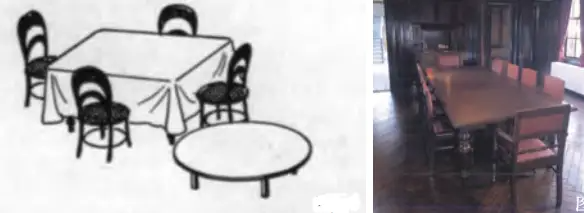
In bedroom furniture, there are combined dressing tables and integrated dressing mirrors (see the picture below).

03Cabinet furniture
Compared with traditional Japanese cabinet furniture, which is mainly used for storage and has a variety of categories, many new styles have emerged in the "Westernized" cabinet furniture. From the perspective of overall proportion, the scale is taller. In terms of decorative techniques, some legs and feet are also added with European styles. "Westernized" cabinet furniture integrates many storage subdivision functions of Japanese cabinets, and one cabinet has multiple uses.
The traditional Japanese Tansu (cabinet) is used to store clothes, and people are used to folding them for storage. With the popularization of Western lifestyle in Japan, Western-style Tansu (see the picture below) appeared, which can hang Western-style clothing.
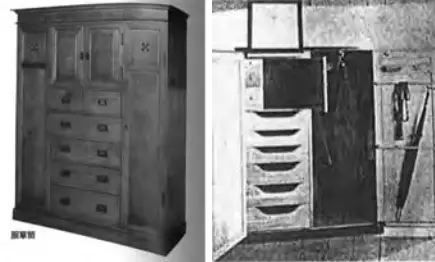
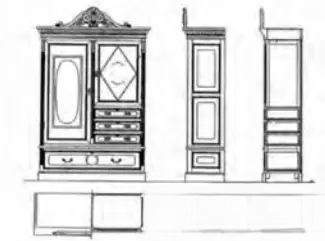
Hanging dress wardrobes are mainly used in hotels. The side width is about 45cm, which is enough to put 2-3 pieces of clothing diagonally. There are drawers at the bottom. The height is about 18cm and the width is about 90cm.
The introduction of glass has led to the widespread use of many Western-style bookcases in Japan, mostly in the homes of some upper-class intellectuals (see the picture below).
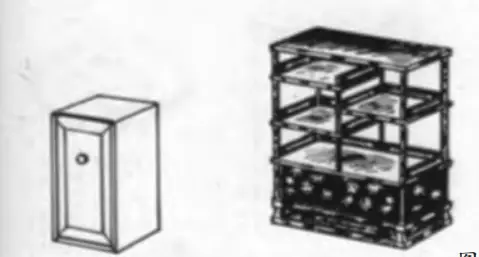
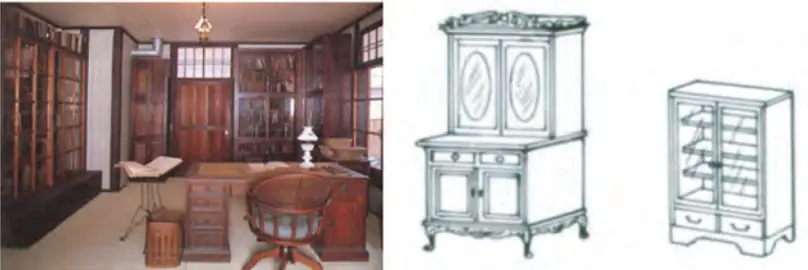
Western-style dining cabinets have mirrors and shelves, with an overall height of about 190cm. The 90cm high panel acts as a partition. Below are cabinet doors and drawers, which contain tablecloths, napkins, knives and forks, etc. Most of the dining cabinets have simple shelves on the top (see the picture below).
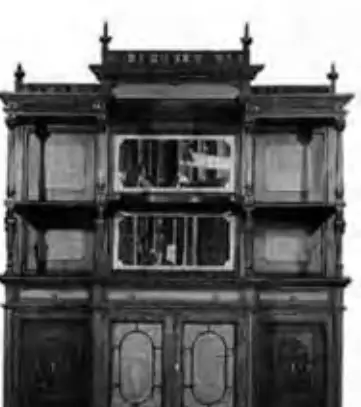
The cabinet placed in the corner of the room is very popular as a decoration in the room. It has doors at the bottom and columns made of turned wood at the top (see the picture below).
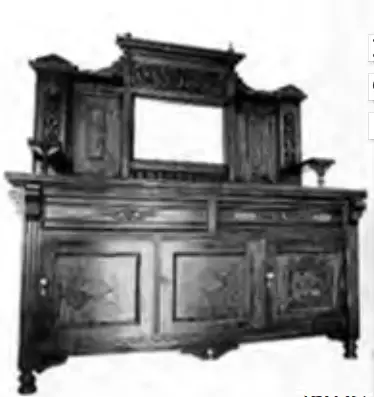
04Bent wood and cultural furniture
In the 1820s, the Finns first introduced the multi-layer glued bending technology. In 1830, Thornet began to experiment with wood bending. The bending technology has epoch-making significance in the history of modern furniture development.
Bentwood furniture began to be produced in Japan in the late 1930s. Due to its moderate price, it was widely used in many public spaces, such as restaurants, government departments, hospitals, and shops, and gradually spread to residential spaces (see the figure below).
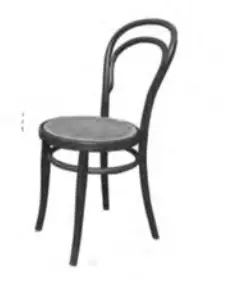
After the birch wood was used for the finished product, the backrest and seat cushion were covered with canvas, just like today's folding chairs. It can be folded and unfolded, which is very convenient for Japanese-style homes. This set of tables and chairs was produced 2,000 sets per month and continued to be sold until 1941. It can be said to be the best-selling Western furniture at the time (see the picture below).
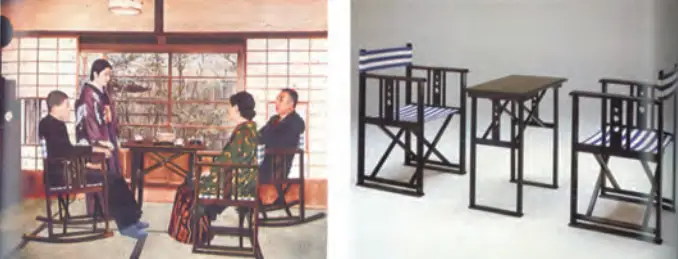
05Written at the end
The Western lifestyle has influenced every aspect of Japanese life, and the emergence of multifunctional storage cabinets, dressing tables, combination desks, dining tables, etc. has enriched the category of Japanese furniture.
Such in-depth contact is bound to enable a deeper understanding and experience of Western culture, keep pace with world design trends, learn the latest theoretical and technical knowledge, and promote the development of the furniture industry from another perspective.
Author /Guo Yingying Editor /Yan Yu
Guo Yingying, "Westernization" of furniture categories in the process of modernization of traditional Japanese furniture[J]. Furniture and Interior Decoration, 2021.
Keywords /Japanese furniture, furniture culture